The Alpenglow Sports climbing philosophy rests on three pillars: Hands-on experience, mentorship, and community. We use those three pillars to help make gear recommendations that are bigger than any one staff member and broadly applicable to climbers in the Sierra and beyond. It is because of this foundation that we can confidently say that the following are our recommendations for a trad rack.
And I'm Max! I'll be leading you through experience I gathered as I built my personal trad rack.
Camalot Z4 Cams (00-0.75)
I chose Black Diamond Z4 cams for my "small cams." I quickly identified them as great performers thanks to their flexible design and fantastic "action." The dual-axis cams from 0.3 to 0.75 feel the best of any of the small cams I've tested.
I chose to get a "double rack" of Z4s meaning two of each. It's exceedingly rare that you find alpine routes that can be climbed with a single rack and a true double empowers you to climb routes without compromising your placements to save gear.
I also chose to get two each of the single-axis Z4 cams sized 0.0, 0.1 and 0.2. I have loved these cams as replacements for nuts and additional security in runout settings on small cracks. I did not buy offset cams and may revisit that decision as time progresses.
Camalot C4 (1-4)
I purchased a double rack of C4 cams from size 1-4. The Black Diamond C4 is the gold standard for "large cams" and they live up to the hype. You have a choice to continue with C4 cams down to .4 and up to #6!
I chose to use Z4 for .4, .5, and .75. The C4 has a more-rigid stem which others might prefer. I was temped by Camalot Ultralight cams but decided against them because they cannot be re-slung like the more-durable Camalot C4s.
Color Matched Racking Biners (14-18)
An easy place to save weight is the carabiners you use to attach your cams to your harness. These biners often never see the rope as your cams are commonly extended with an alpine draw. I favor a lightweight, sub 30 gram biner like the Phantom Wiregate.
The best thing you can do with racking biners is color match them to your cams. This makes for easy identification of cams and easy organization by color. The Phantom Carabiner is available in the most common colors and will make a near-perfect match for the Black Diamond Z4 and C4 cams. You need one carabiner per cam.
Keylock Carabiners (12-24)
For racking biners, I'm happy with lightweight wiregates with a hook nose. For the rest of my standard carabiners, I favor a keylock design. Keylock carabiners have a smooth, hooded nose that will not snag on webbing, rope, or bolts when clipping. This cuts down on a frustrating and potentially dangerous problem.
The DMM Aether is the lightest keylock carabiner on the market. It's hooded nose allows for a feather-weight, 28-gram carabiner that does not snag in use. The Petzl Ange is another fantastic option that I am testing this season. While heavier, the Ange L is a larger carabiner than the Aether which I find more functional on the "rope side" of my gear. I use the Ange S to save weight racking my alpine draws.
Petzl Neox
I took 10 years off of climbing and when I returned, I was some what surprised the the GriGri was still the gold standard. I was frustrated with my GriGri for lead belaying. I found that it jammed up when paying out slack which too often resulted in my partners being "short roped," having less slack than they needed to clip their gear. My fear of short roping my partners led to a bad habit developing, placing my thumb on the camming mechanism of the GriGri to prevent it from locking up. This technique is quite common, but research suggests that it could prevent you from catching your partner in a lead fall.
I switched over to the Petzl Neox and found no such issues when paying out slack. I have been very happy with the Neox and love it's confidence-inspiring "click" when the device cams. The Neox is designed for lead climbing and for me it was the obvious choice.
For more one GriGri, check out our Sport Climbing Rack Recommendations.
Alpine Draws (x6)
An alpine draw is a lightweight, extendable quickdraw required for most all trad climbing routes. I recommend 12 alpine draws in total, starting with 6 Aether Alpine Draws.
The Aether draws help you save money because you get two carabiners and a lightweight 60cm sling with each. We are agin focused on keylock carabiners that do not snag when clipping gear or rope. I like that there are tow different colored carabiners which makes it easy to spot the top and bottom of a draw.
My next six draws are made with the Blue Ice Alpine Runners.
Alpine Runners (x6)
The Blue Ice Alpine Runner is a unique construction that delivers a unique benefit. It's made of a looping-strand of UHMWPE (dyneema) that is bar-tacked at both ends. This creates two loops that hold your carabiners in pace. The runner is then protected by a nylon sheath.
I favor the Alpine Runner because of it's additional durability. The Dyneema in traditional slings is prone to sawing and melting. The protective sheath of Alpine Runners prevents these issues and has other benefits, like easy tying and untying of knots.
I use the 55cm length for six alpine draws and use the 110cm length for anchor building.
Alloy Offset Nuts
The alloy offset nuts from DMM are consistently recommended as the best option for passive protection. Here is Bryce's advice: "Trying to figure out if you should add that blue offset nut this climbing season? (The answer is yes!)"
You can save money by buying the 7-11 set. There are many options to complete your passive protection: Wallnuts are "standard," non-offset chocks. Peenuts and Halfnuts are specialized solutions for small cracks.
D-Shaped Locking Biners (4x)
D shaped lockers are used to connect things. While HMS carabiners can be used for pretty much anything a D locker would be used for, the D lockers tend to be smaller and lighter. Primary uses are clipping an anchor to bolts. I also use a D-locker on my third hand when rappeling.
Especially with D and nonlockers, I do think it is important for folks to figure out which actions and sizes they like by trying out carabiners. That might not be huge for people that are newer, but I can definitely tell if I will or will not like using a carabiner on the wall based on how it feels in my hand to open and close the gate, and to lock and unlock it.
Pear-shaped Locking Biners (4x)
HMS stands for "Halbmastwurf sicherung". That's German for "carabiner designed to work well with a munter hitch". In normal English, that means ropes run over these pear-shaped carabiners well. HMS carabiners are the ones to use as the master point in a top rope anchor, or while belaying or rappeling with an ATC. They are also relatively spacious carabiners, which makes them valuable in multipitch anchors where clipping space is at a premium. When I use the rope as my tether, I tie a clove hitch on an HMS carabiner that is clipped (and locked!) into the anchor.
Most of the locking carabiners I use rock climbing or in alpine contexts are the Petzl Attache. In this latest iteration, the wide side of the pear-shaped carabiner is round stock while the rest remains I-beam similar to the last version while shrinking the size slightly. The round stock side provides a smoother run for the rope when being used with a tube- or plate-style belay device or when utilizing a munter hitch, while the I-beam gives us some weight-saving. The Attache has great clearance when the gate is open so it is easy to clip and unclip, and the carabiner is spacious enough to receive all that you desire to attach(e) to it!
The Best Friction Hitch
My Hollowblock does not leave my harness. It is the best sewn friction hitch that I have used - nice and grippy on any rope 7mm or thicker even if the weather comes in a few hours early (or you’re on the wall later than planned) and you’re rappelling on a wet rope. I use the Hollowblock tied in a prusik, autoblock, or kleimheist hitch as a third hand while rappelling, ascending a rope, or paired with a pulley as a progress capture device. A must-have!
I like to have two third hand options on my harness all the time so I am not screwed if one gets dropped. To ascend a rope, you also need two methods of moving up, so even if I have a HollowBlock I will carry two third hands.
Typically, cord for a third hand should be at least 2mm thinner than the diameter of the rope in order to get good "bite" from the friction hitch. Thicker than 6mm is difficult to work with (thick = less supple), but cord loses strength quickly as it gets thinner.
Personal Anchor System
Personal anchors are a topic where if you ask 10 people, you'll get 11 opinions. Of the pre-made options, I think the most versatile is the Petzl Connect Adjust as its length can be adjusted without unclipping the carabiner.
My personal method of choice is to clove hitch in with the rope. Simple, efficient, and adjustable. It does take a little practice, and there are sometimes situations when it isn't an ideal method so it's always good to have multiple techniques/options (that goes for most climbing systems really, if something is going to work 90% of the time you need something else for the last 10%!).

Sterling XEROS IonR 70m Rope
There are benefits to having the brightest rope at the crag. Is it really that bright? Once you see this fantastic yellow bi-pattern, all other ropes will look dull in comparison. The Sterling XEROS IonR 70m 9.4 rope has even more benefits like it's durable dry treatment and fantastic handfeel.
A full 70m rope is hugely beneficial for trad. It takes some of the woes and fear out of route finding when you know you have the extra rope to pull over that next ledge. This rope is a svelt 9.4mm which makes it nice and light even at the longer length. The bipattern is so helpful when finding the center for rappels and managing your rope. Instant feedback when you cross the middle is helpful for leader communication.
20-25ft 7mm Cordalette
A cordelette bundle is the most versatile anchor building material, though having untied ends can get in the way of efficiency. In sport climbing, it is far less common to need the ability to make an anchor with a single strand, BUT it is always good to have some spare material in case shit hits the fan. I utilize cord in anchors the most in trad/alpine climbing, but I carry it all the time.
Cordalette is only available in-store.

Bonus: The "Oh Shit" kit
What would you need if shit hit the fan? Start with one D locker and add what you can! Here are some suggestions. The Gigi Belay Device is a simple, lightweight plate-style belay device. It functions very similarly to guide ATC type devices. I carry this as a backup belay/rappel device. It also makes belaying two followers dramatically easier compared to the increased friction of an ATC because two ropes run much easier through this device than an ATC. CAMP also makes the OVO which is essentially the same exact thing.
The important thing about the "Oh Shit" Kit is that it remains compact - it all should fit on one carabiner. This carabiner can be used to rappel off of if you have to improvise a rappel station, and some people even carry a single rappel anchor ring or steel quicklink to use instead of sacrificing a carabiner. I also add my Hollowblock to my kit as it does make ascending the rope and mechanical advantage systems easier than using a friction hitch, though the friction hitch works.
I think it is important to add in a rope knife that can clip onto the carabiner, something like the Petzl Spatha. This enables you to cut cord to length for a bail anchor and remove ruined, sun-bleached rappel anchor material if needed. Most importantly, you MUST have a tool to cut cheese and other tasty bits for your crag charcuterie board!



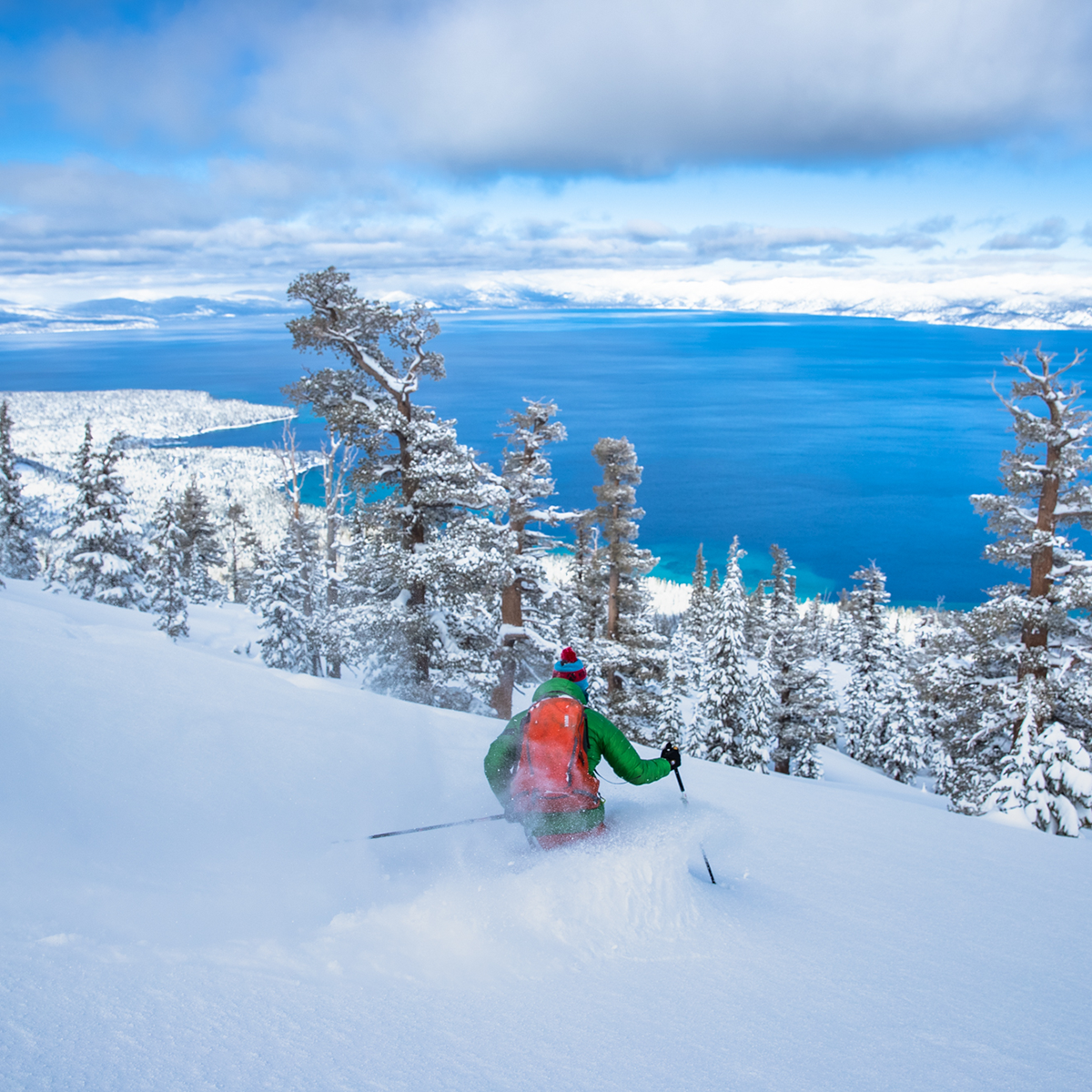
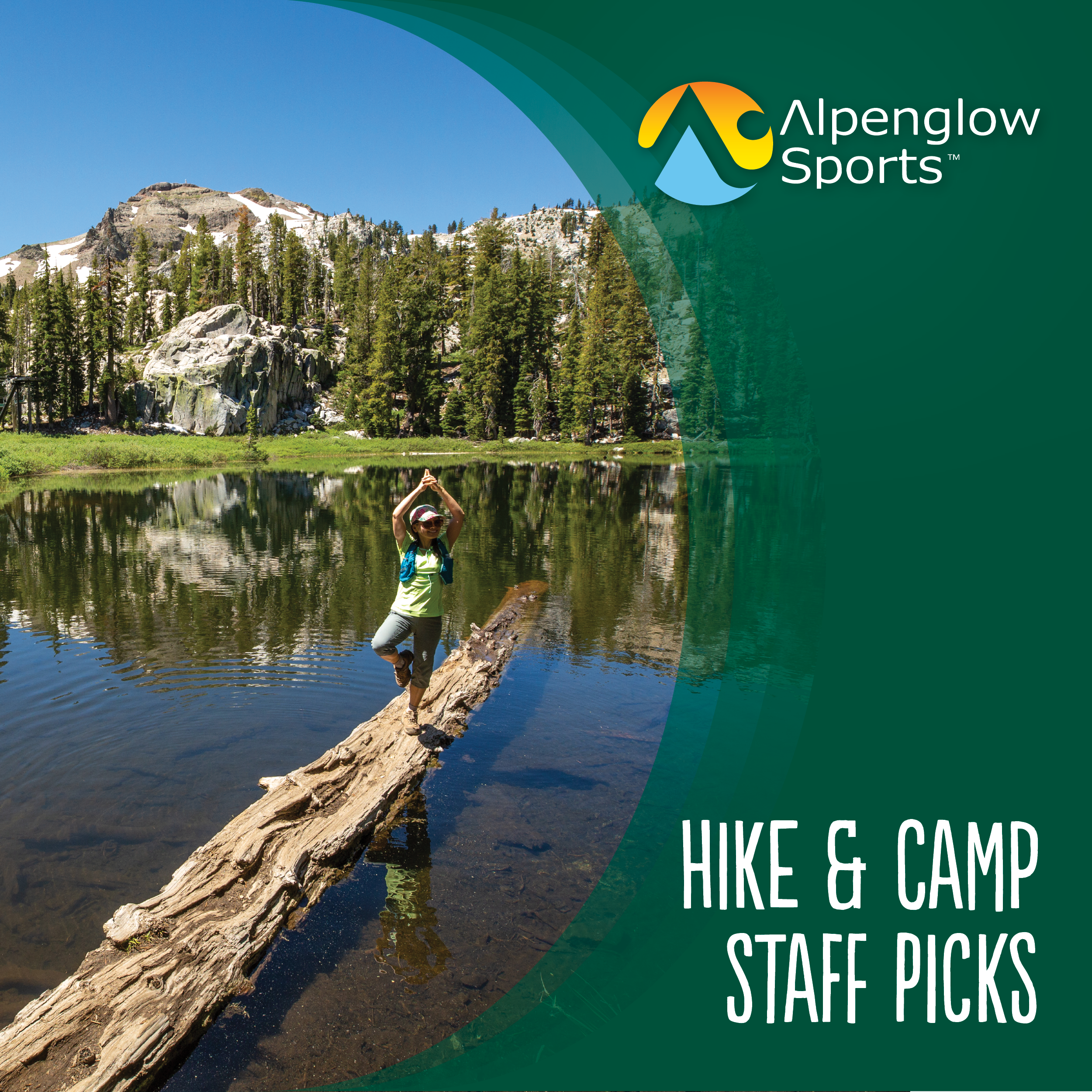
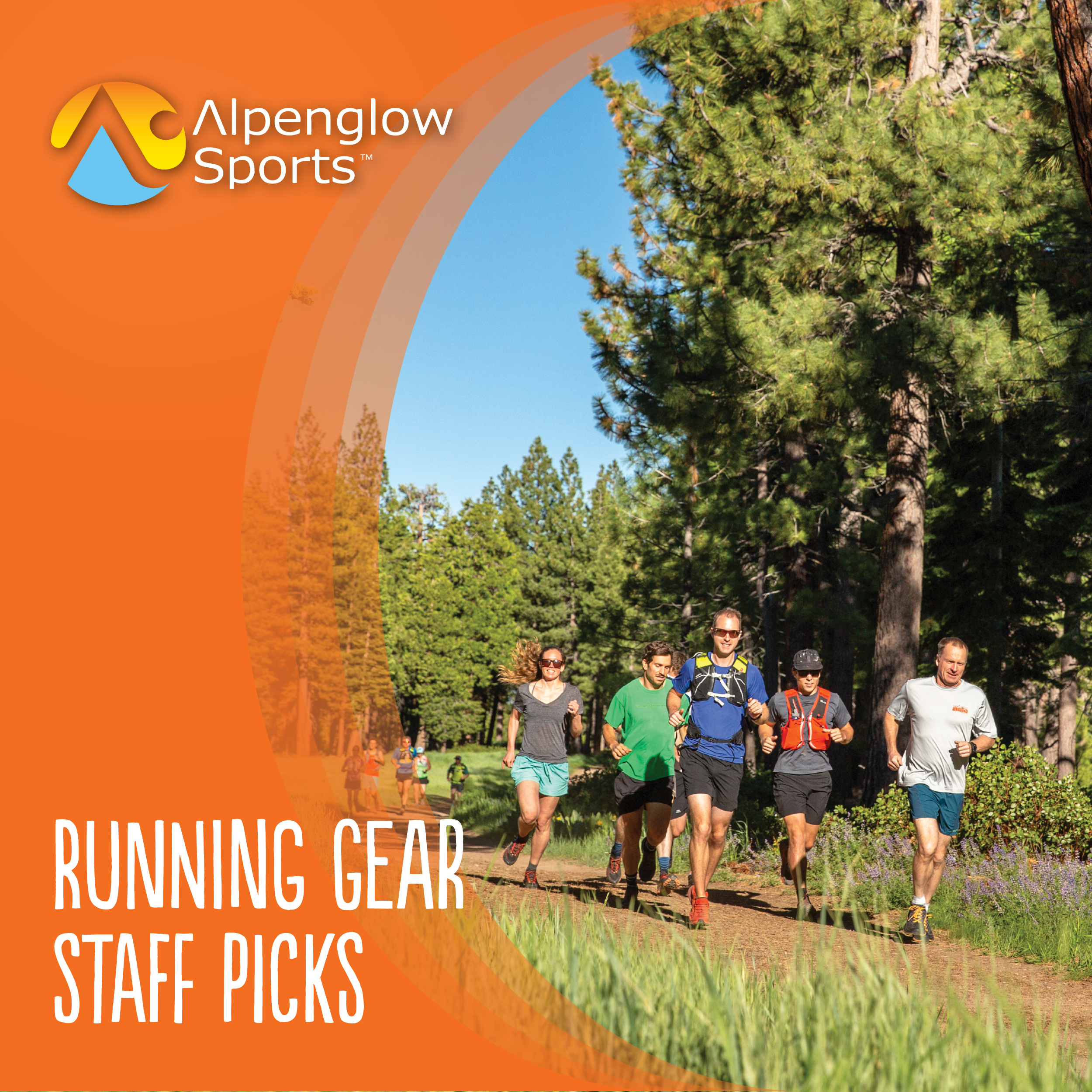
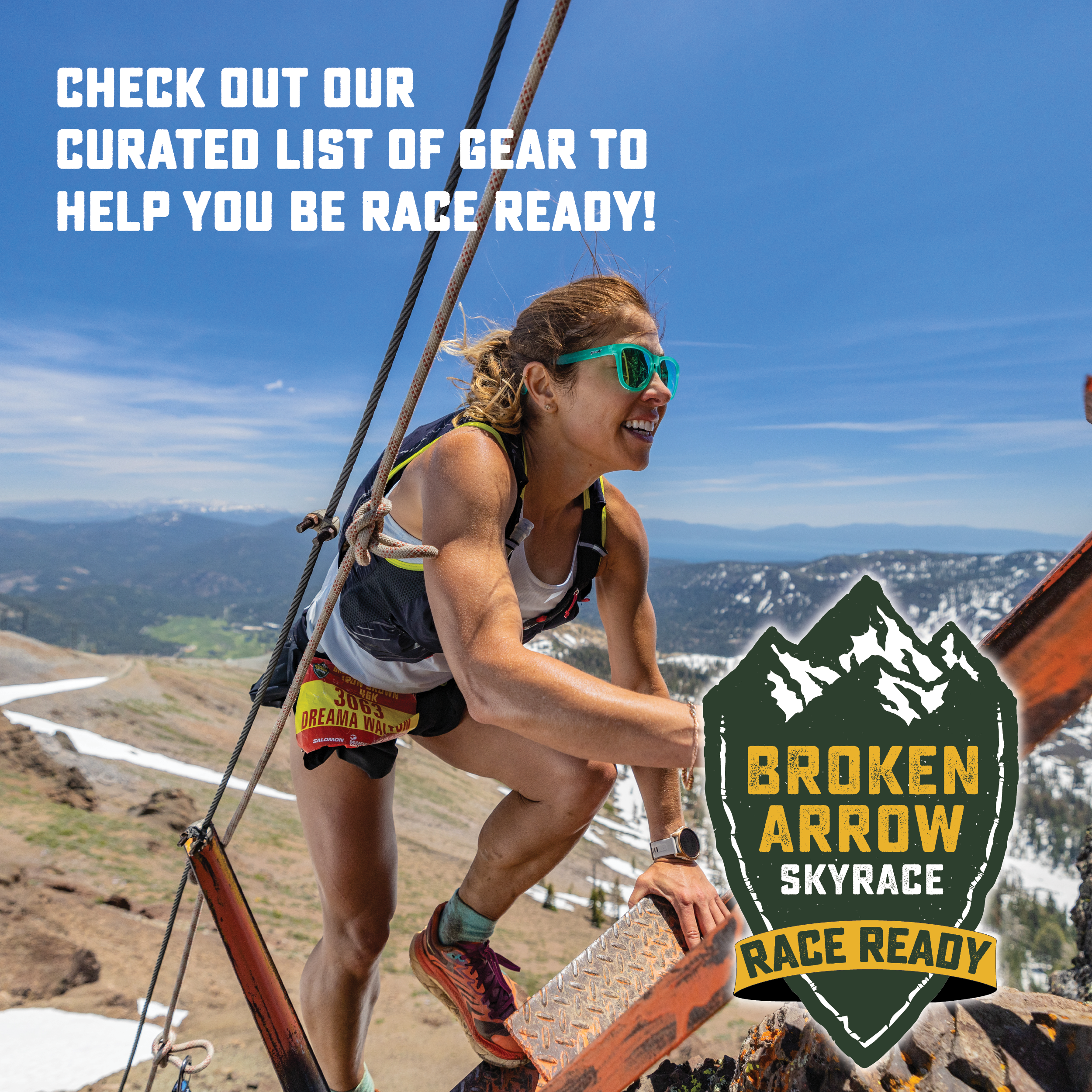
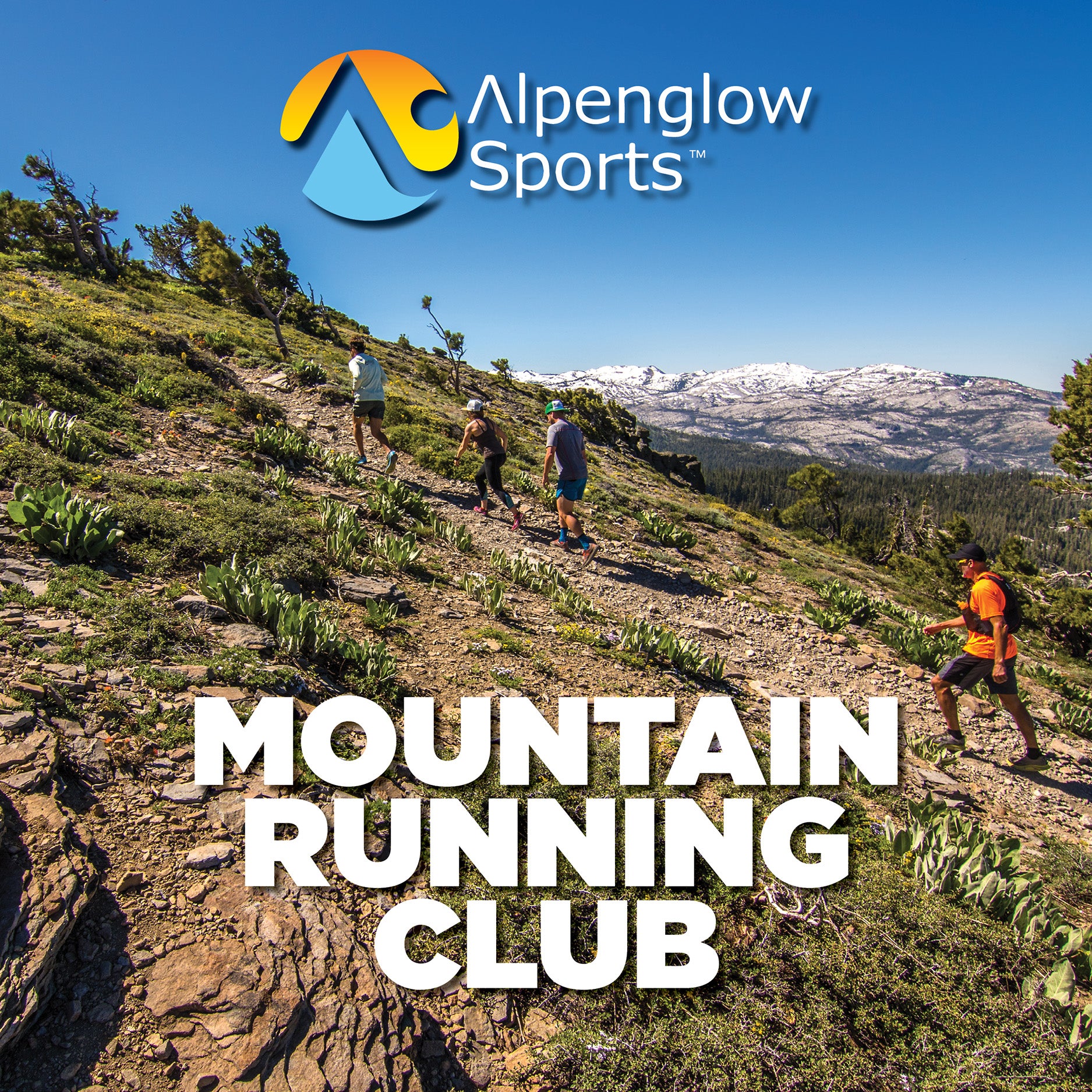
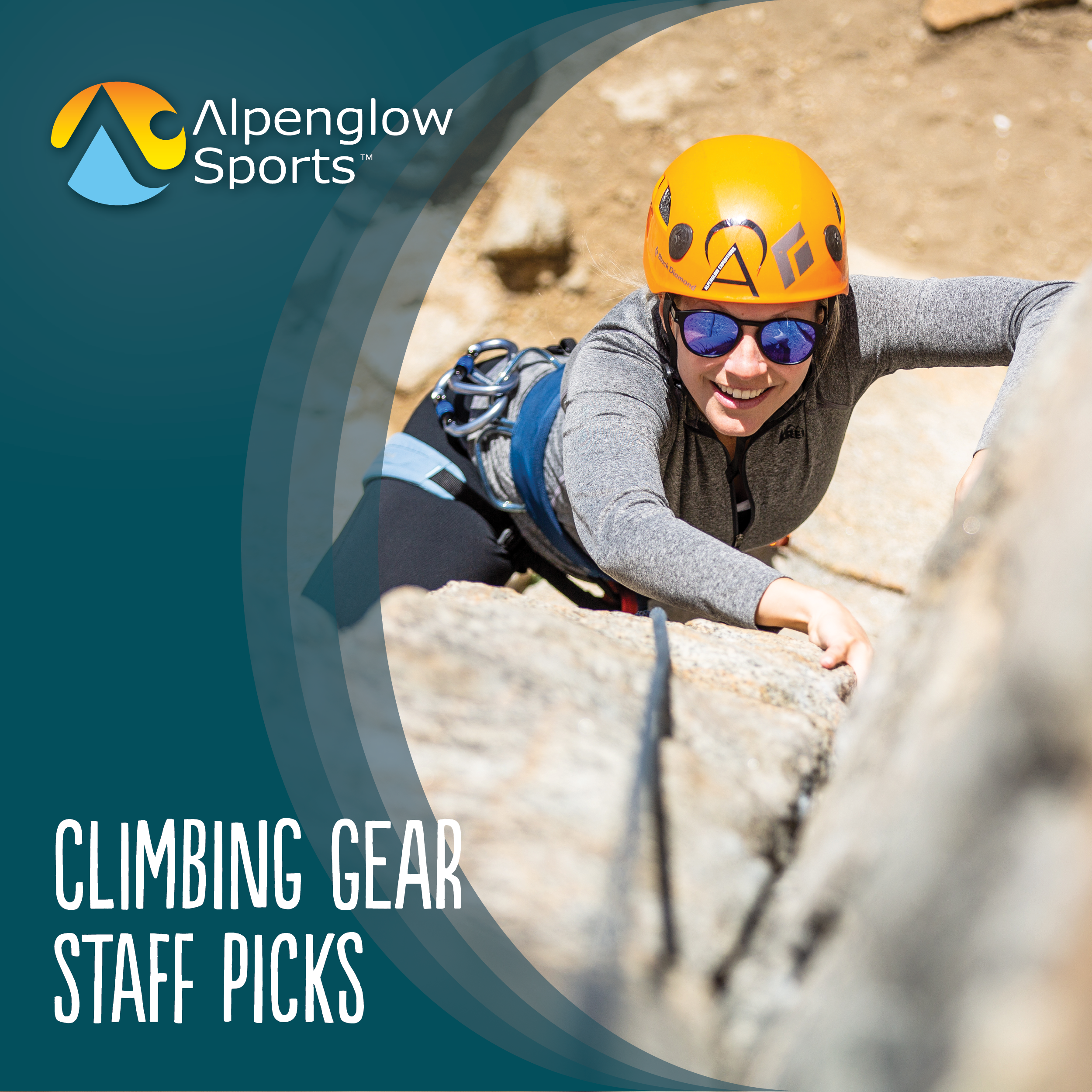
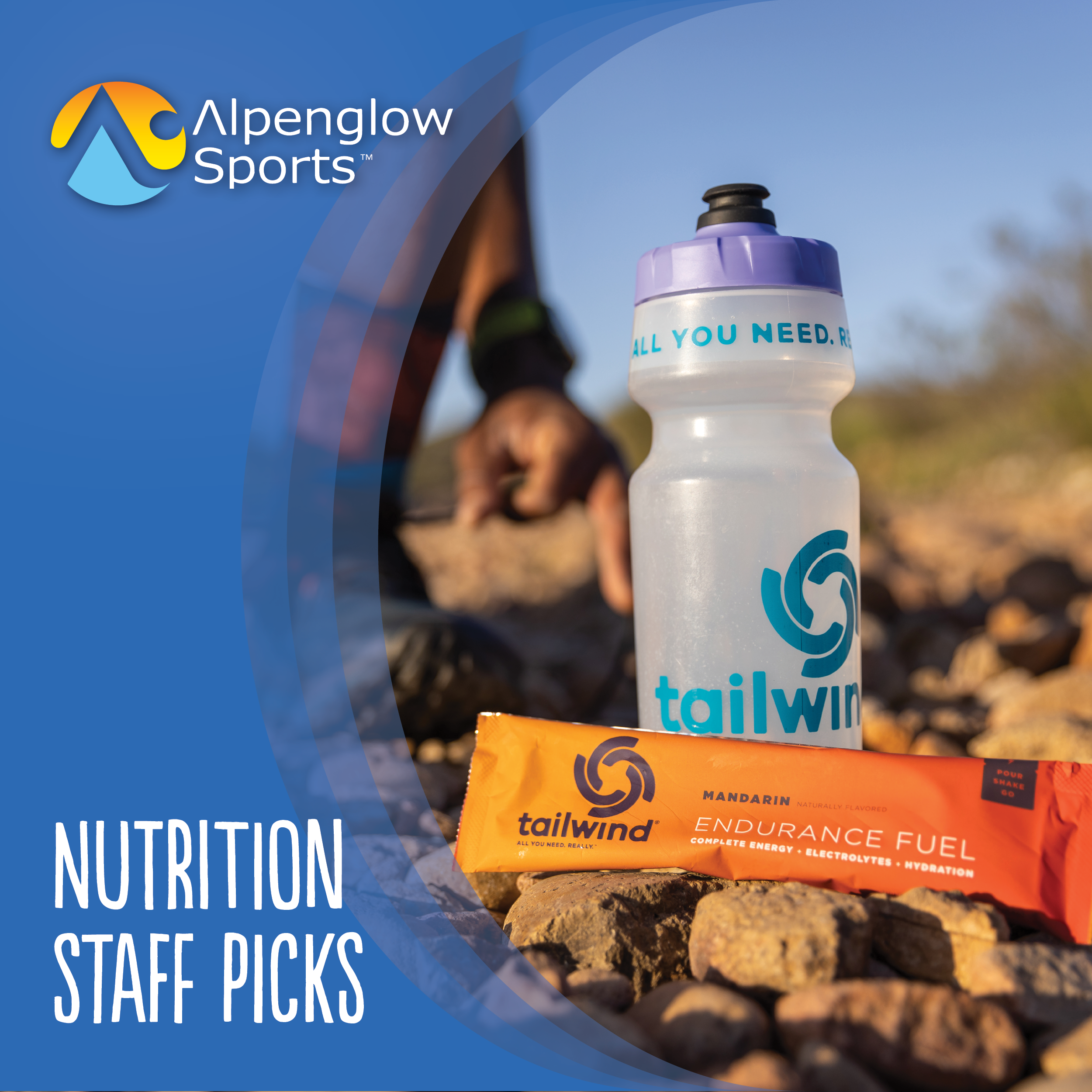
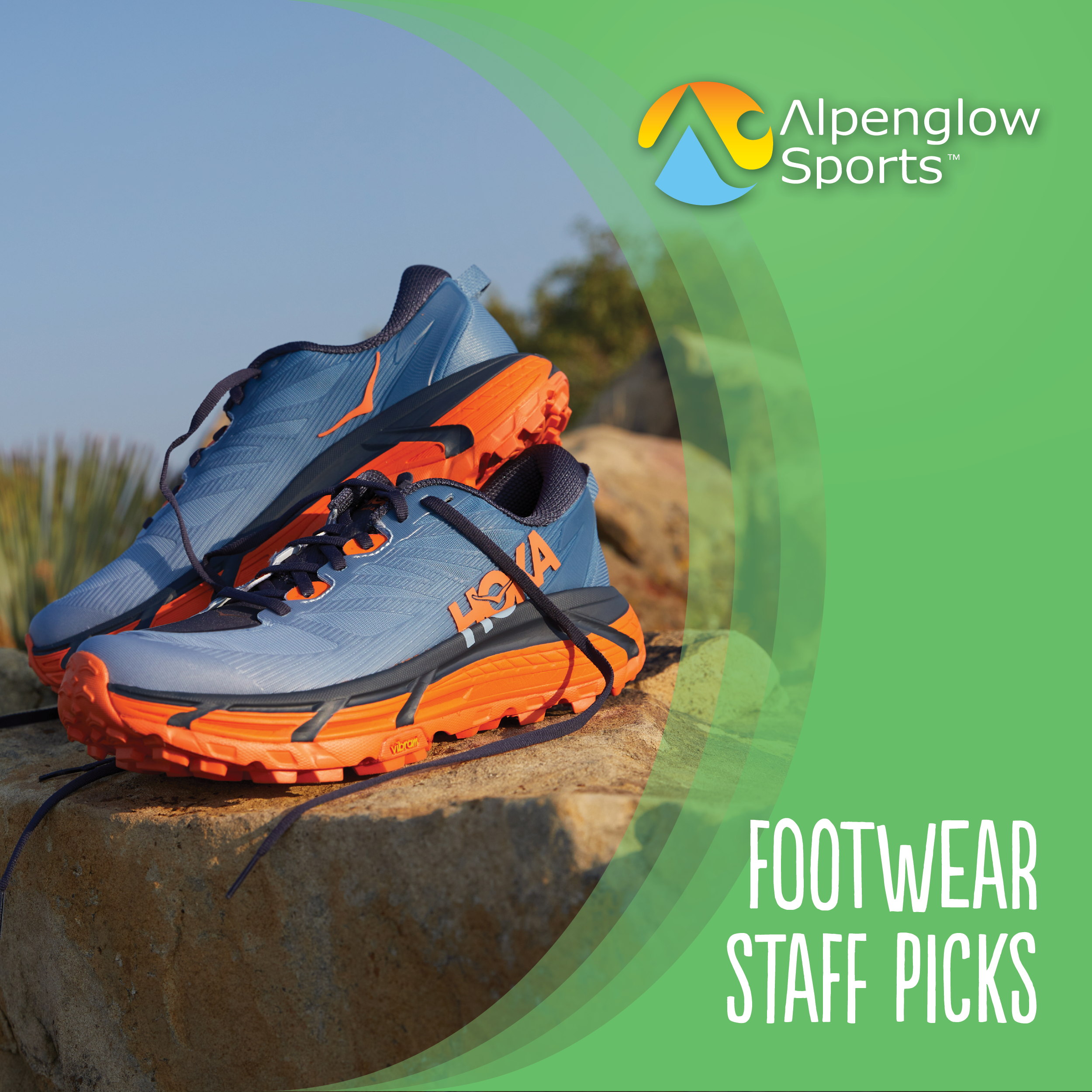
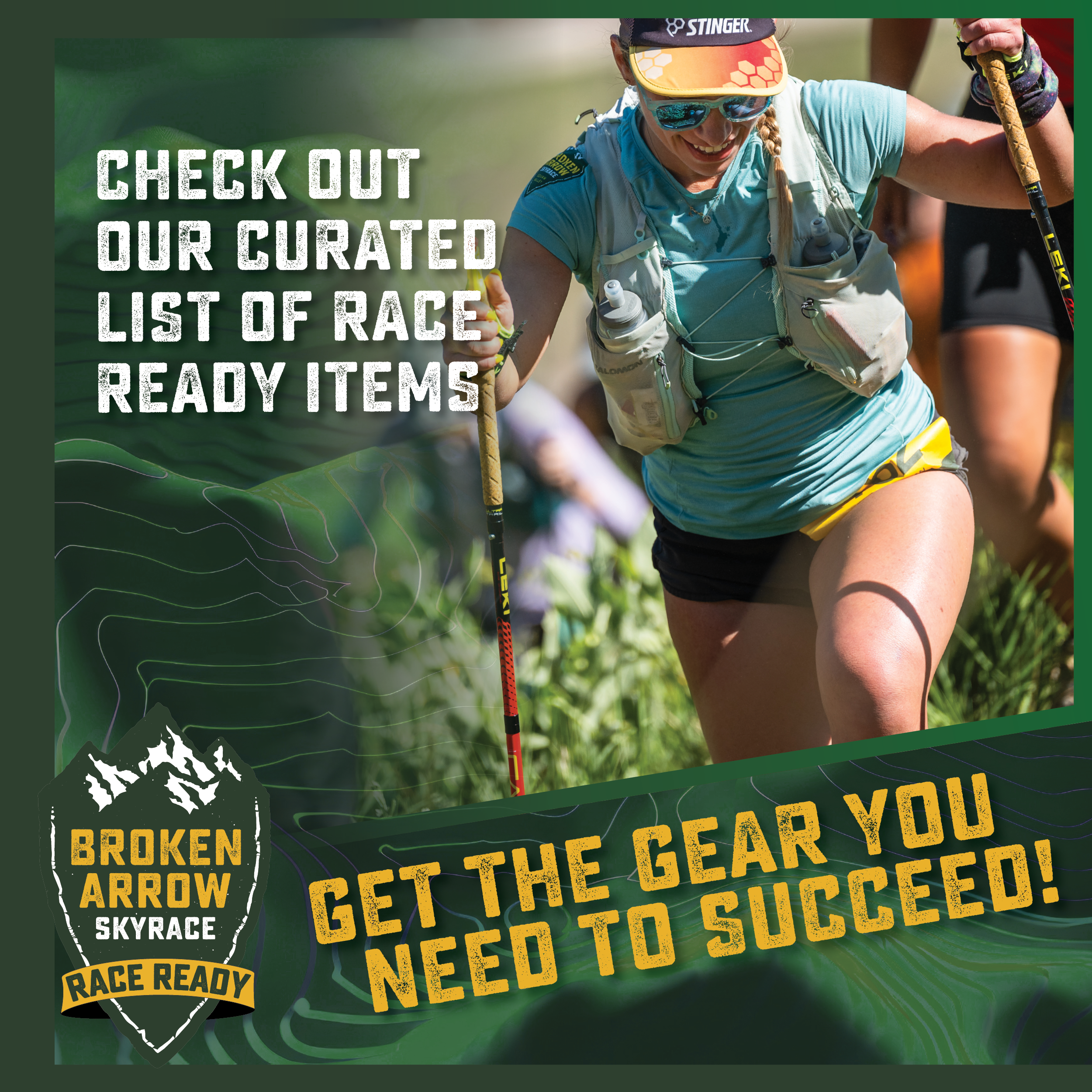
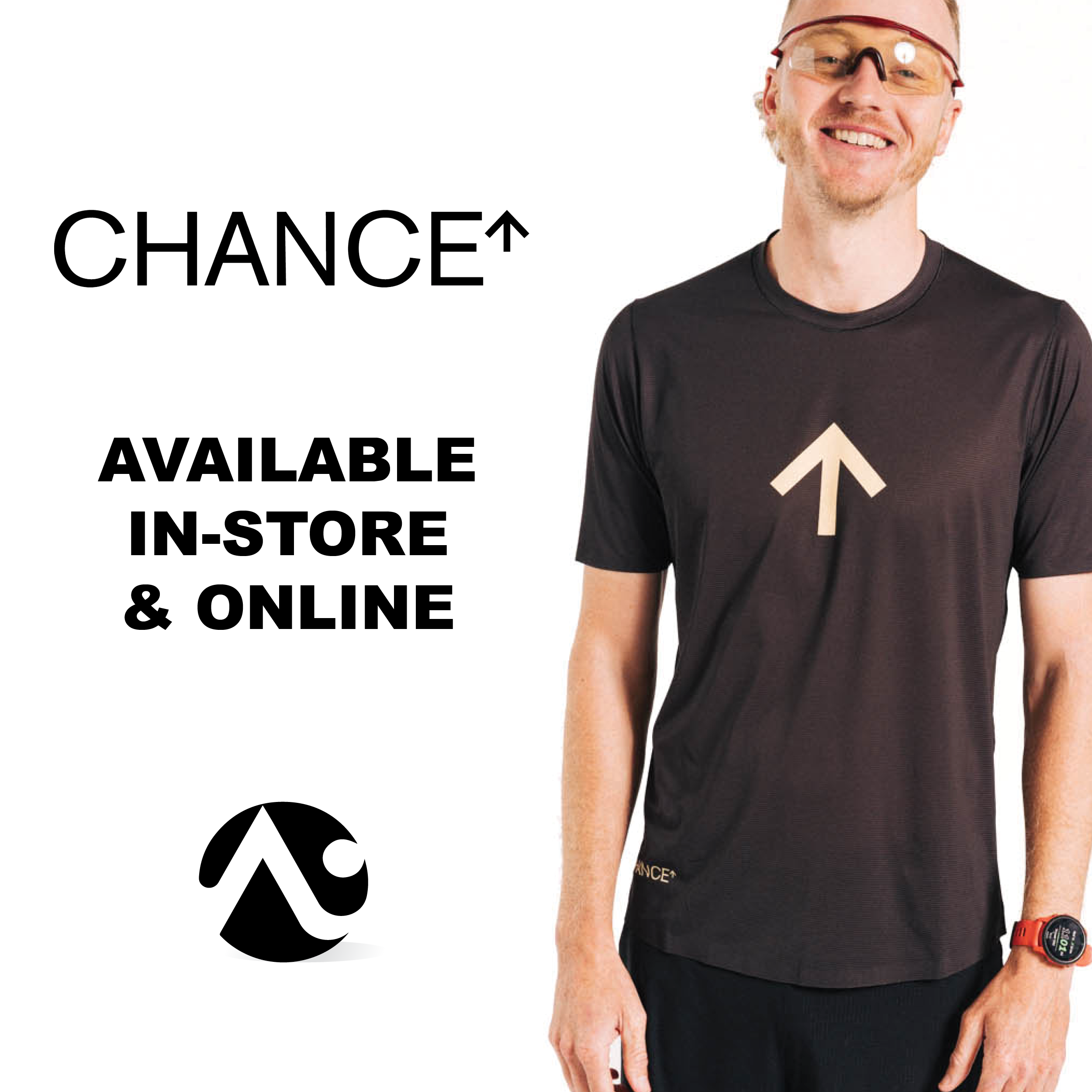

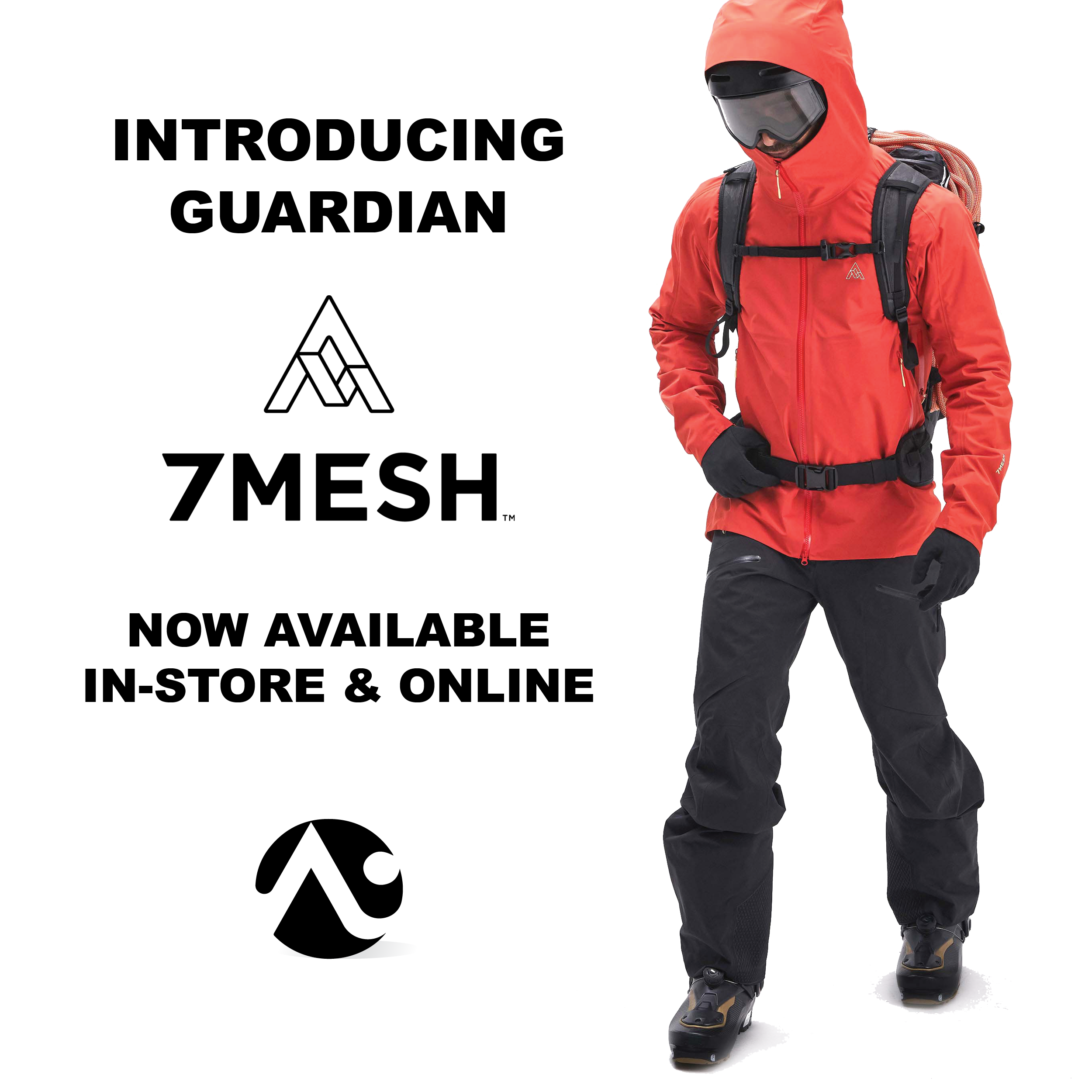
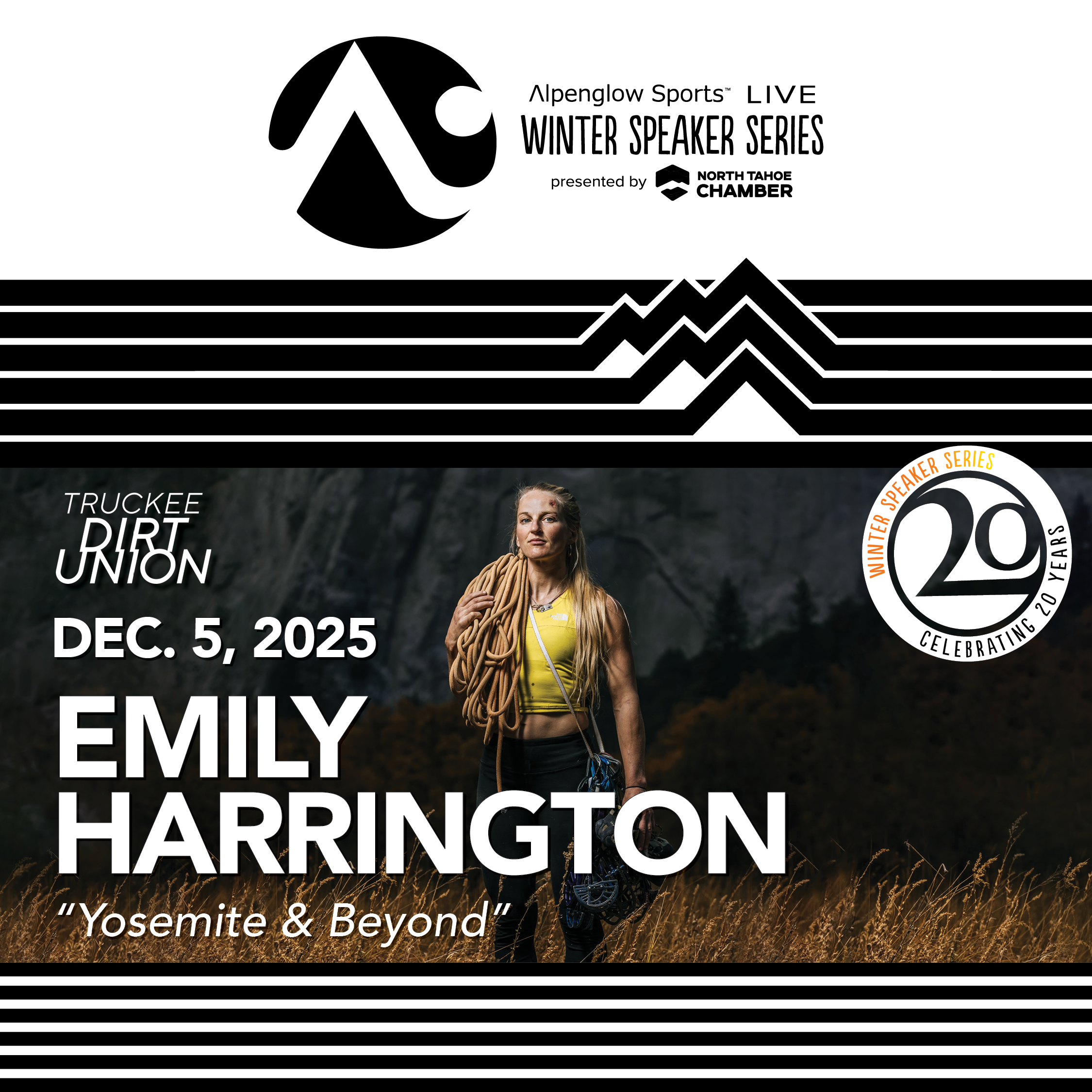
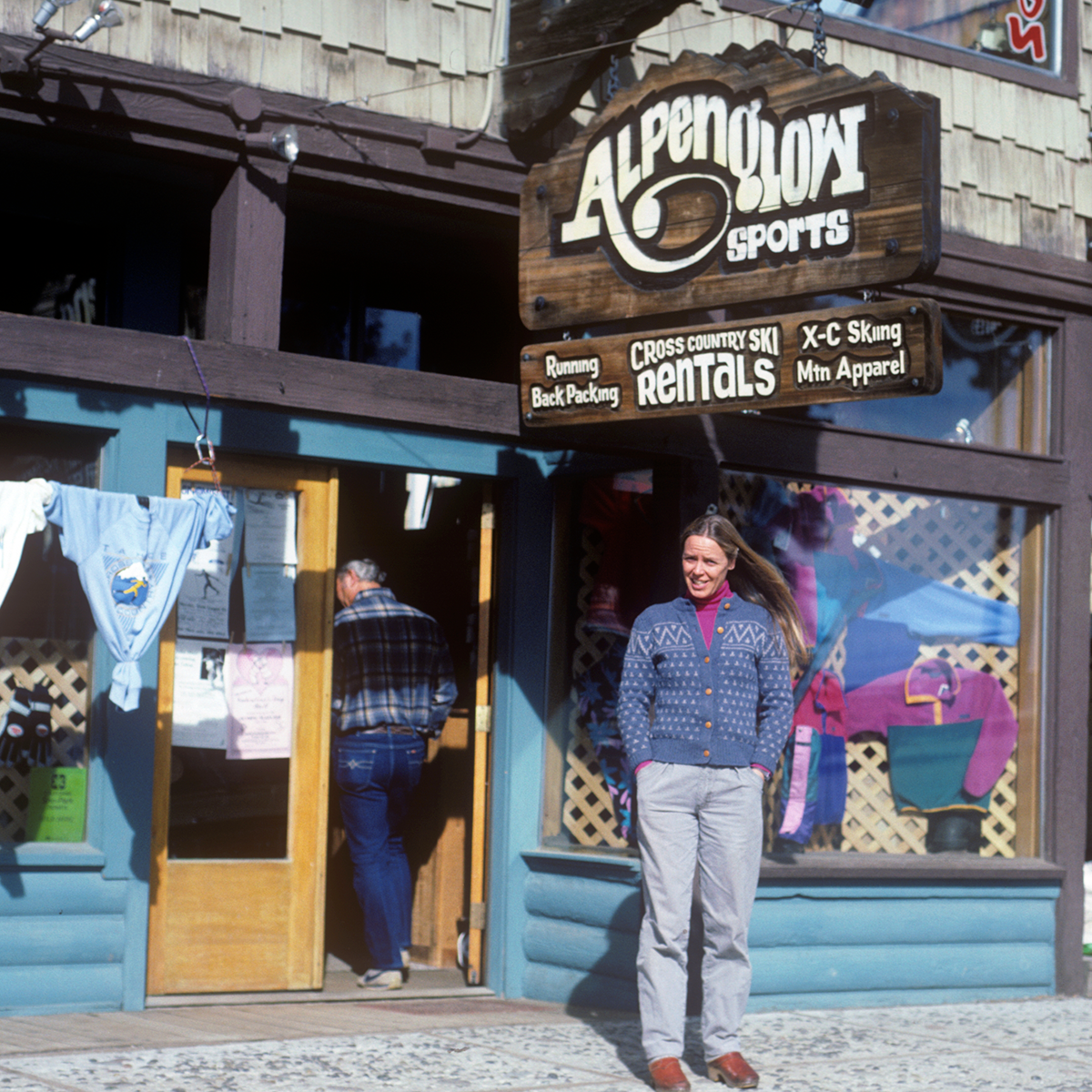
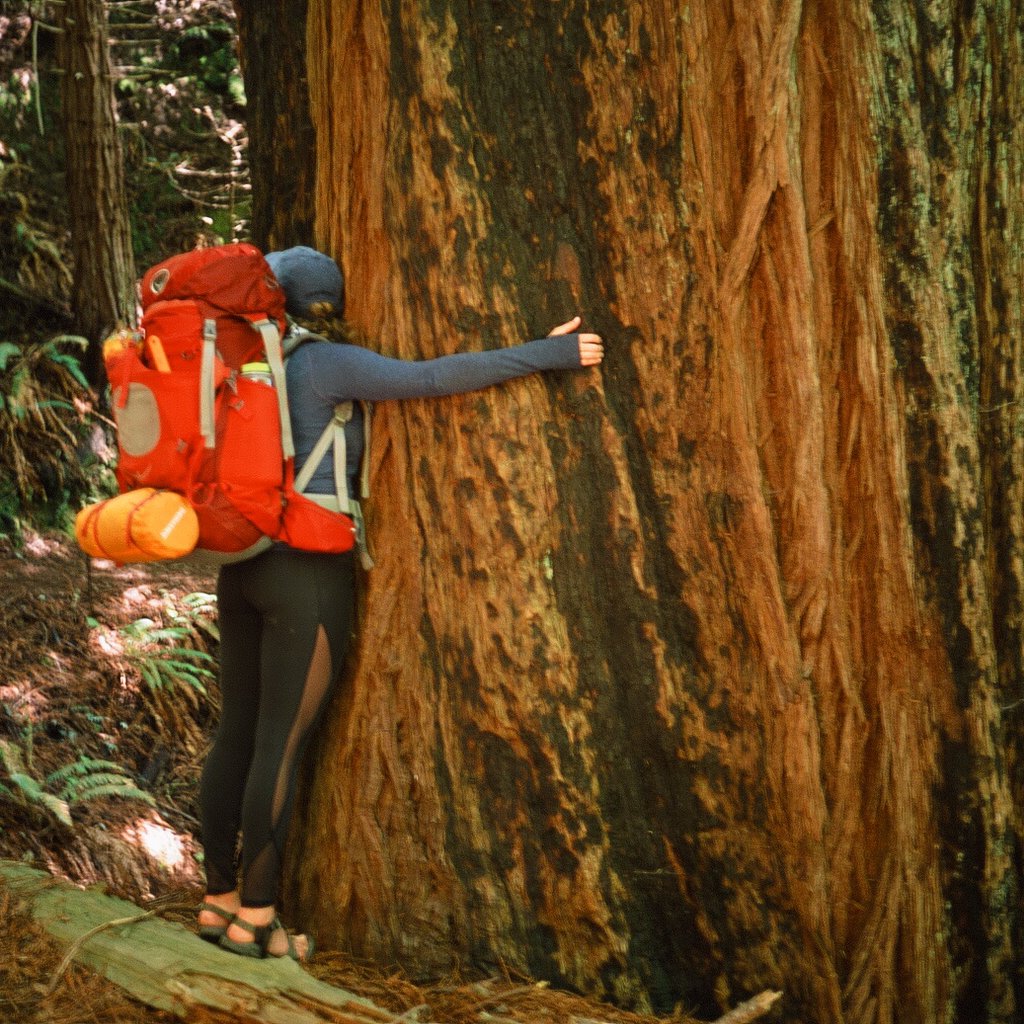



Leave a comment
This site is protected by hCaptcha and the hCaptcha Privacy Policy and Terms of Service apply.